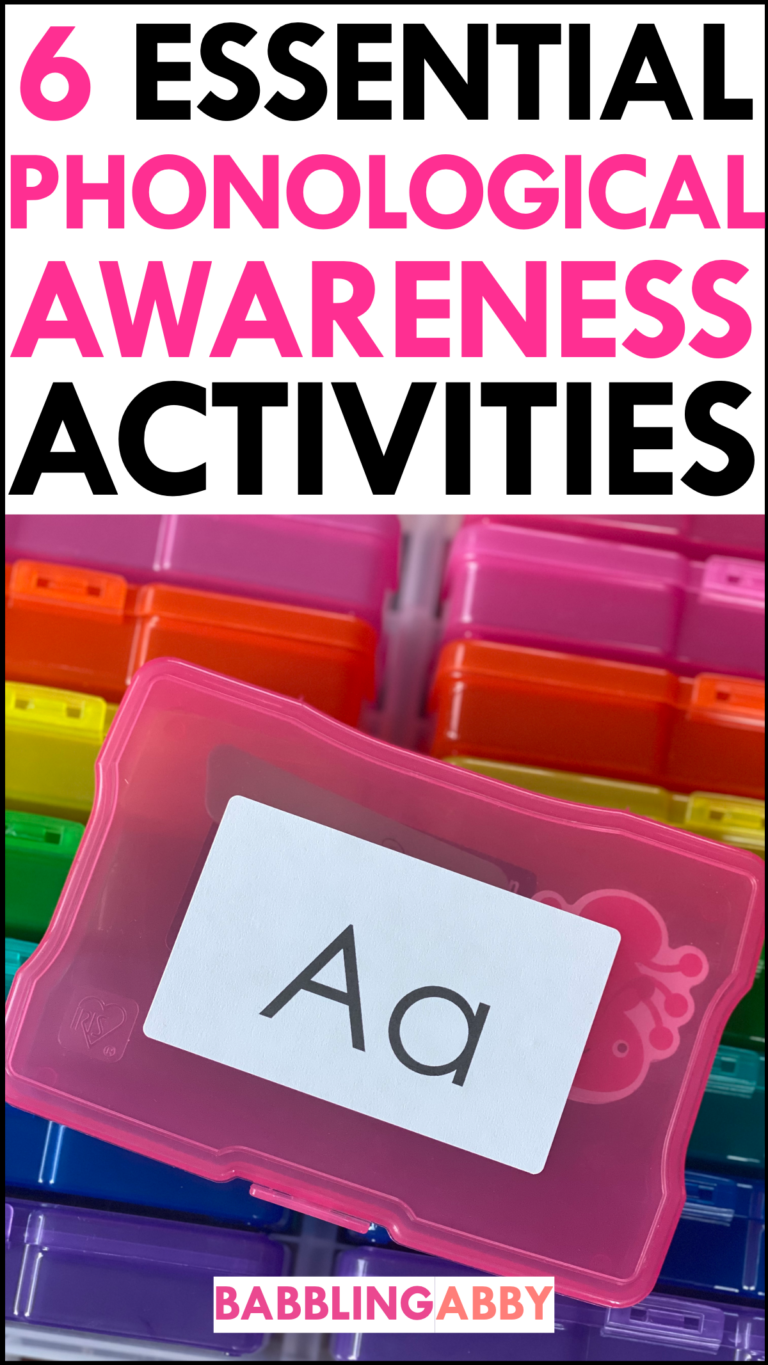

This post shares 5 easy way to practice CVC words using activities, games, and tools. They’re perfect for kindergarten and first grade students who are learning to read and spell consonant-vowel-consonant words.
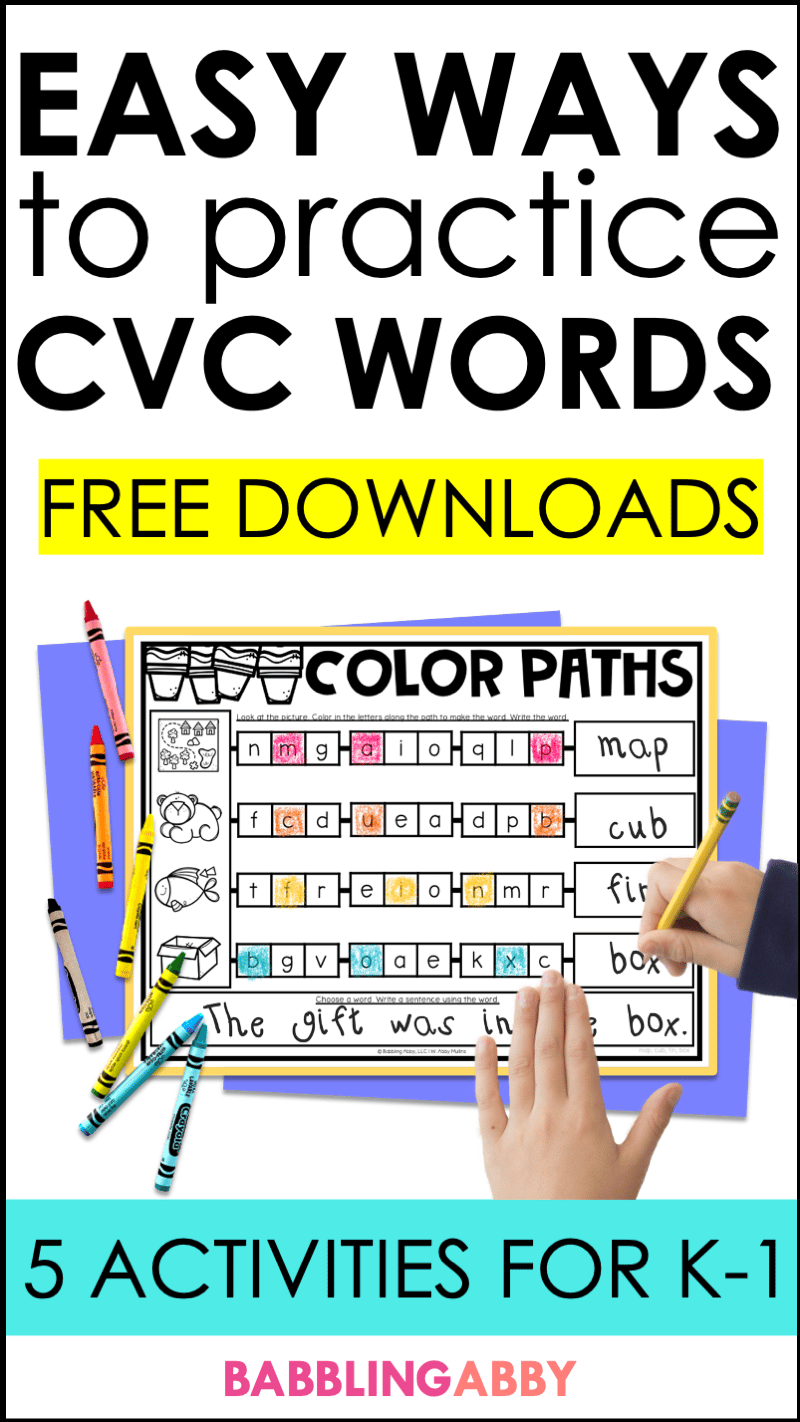
CVC words follow the consonant vowel consonant spelling pattern, hence the name. They are simple to segment, spell, write and read. Additionally, they are easy to rhyme and create word families. Kindergarten and first grade students are familiar with CVC words because they are used daily in phonics and reading instruction.
Segmenting – or identifying the individual phonemes in a word – is an easy skill to practice with CVC words because there are only three sounds to produce. This practice is entirely oral and no writing is necessary. However, being able to easily segment words lends itself to eventually being able to listen for the sounds and map those sounds to print.
Example: Segmenting the word cat into three separate sounds – /c/ /a/ /t/
Easy Segmenting Activity: Use sounds boxes to help students practice listening for sounds in CVC words. With each phoneme that they vocalize, they move a marker into the box. [FREE DOWNLOAD: This set of thematic sound boxes is available via the form below when you sign up for email!] Try this free digital tool found here where you can choose the color of marker and 2,3,4, or 5 boxes.
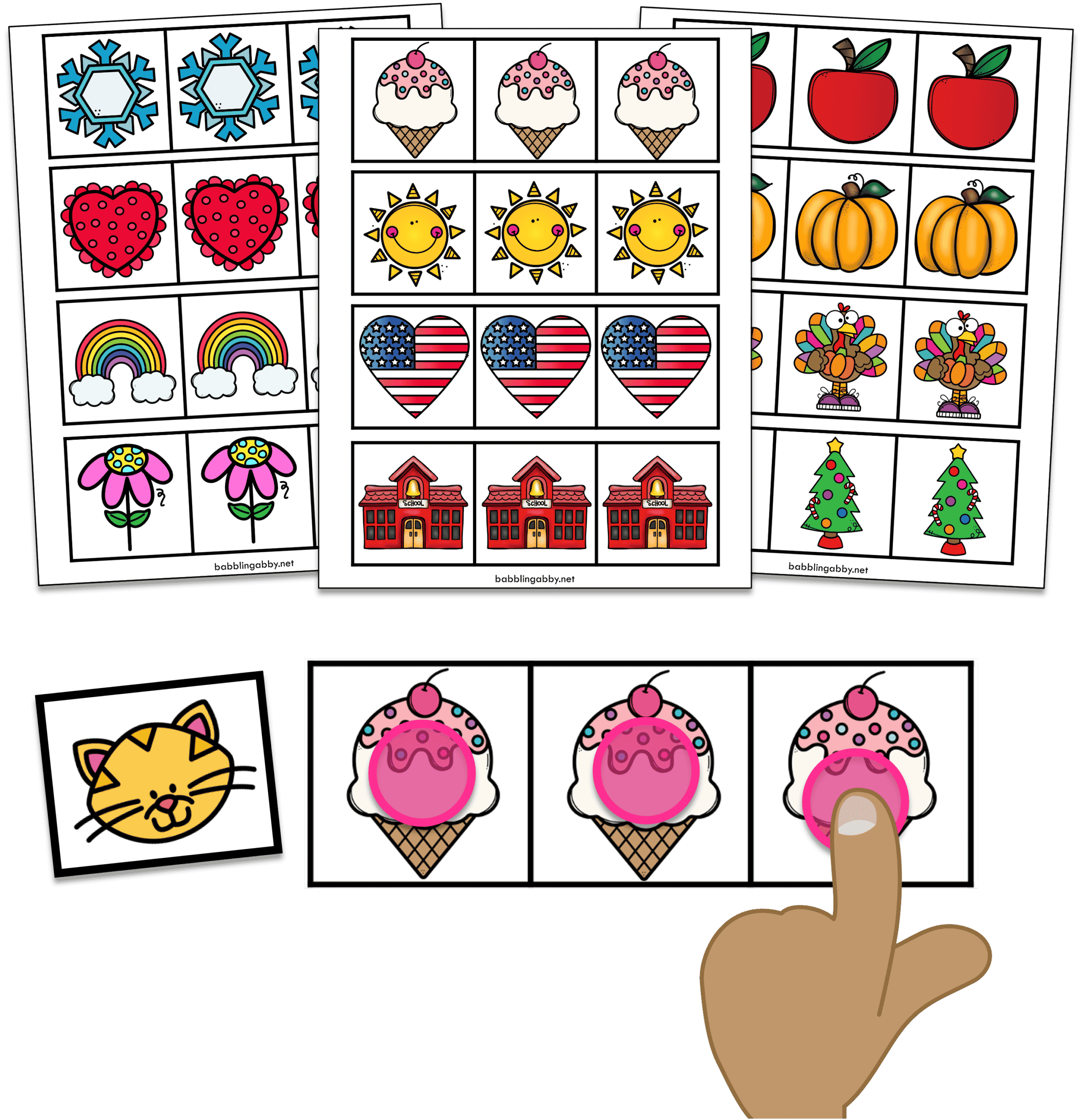
Blending is the combining of sounds to create a fully formed word. For example, if the teacher orally segments the words cat into its individual phonemes /c/ /a/ /t/, the student would then blend the sounds together to orally produce the word cat in response. There are two types of blending – final blending and successive blending.
Final Blending: The speaker blends one sound at at time as she works through the word. Use this approach for initial blending instruction and not most efficient form of blending. Discontinue its use after students understand the principle and have had multiple opportunities to practice this skill on their own. You should only continue it’s use for those students who are struggling with spelling sounds. (Example: /f/ /a/ /t/ > /faaaa/ /t/ > /ffffaaat/ > fat)
Successive Blending: The speaker runs her fingers under the letters in a word and strings them together. This is more efficient than final blending. This is the practice used most often in phonics instruction. There is no pausing between sounds. The speaker slowly compresses word until it’s spoken at a normal speed. (Example: /ffffaaaaat/ > /fffaaat/ > /ffaat/ > fat)

Easy Blending Activity: Students love the opportunity to outsmart the teacher and teachers love activities that are effective and require little prep. This activity fits all criteria! Tell students you have a secret word and their job is it figure it out. Say the successive phonemes in a CVC word individually. As you say them, the students repeat the sounds back to you. Then, they take all the sounds and blend them together to form the full word. Of course, go on and on about just how SMART they are!
An easy way and novel way to practice reading CVC words is with this set of handheld reading blocks. There is a set of blocks for each vowel so that you can create a variety of CVC words. They’re easy to use and store. Purchase Spinning Letters Blocks (affiliate link).

Color Paths CVC Words worksheets that are a basic and effective way for students to practice spelling CVC words. Each color path starts with a picture, followed by a set of segments. Students color one letter in each segment to build the word in order. Then, they write the word using the letters that they colored in. Lastly, they use one word in a sentence.
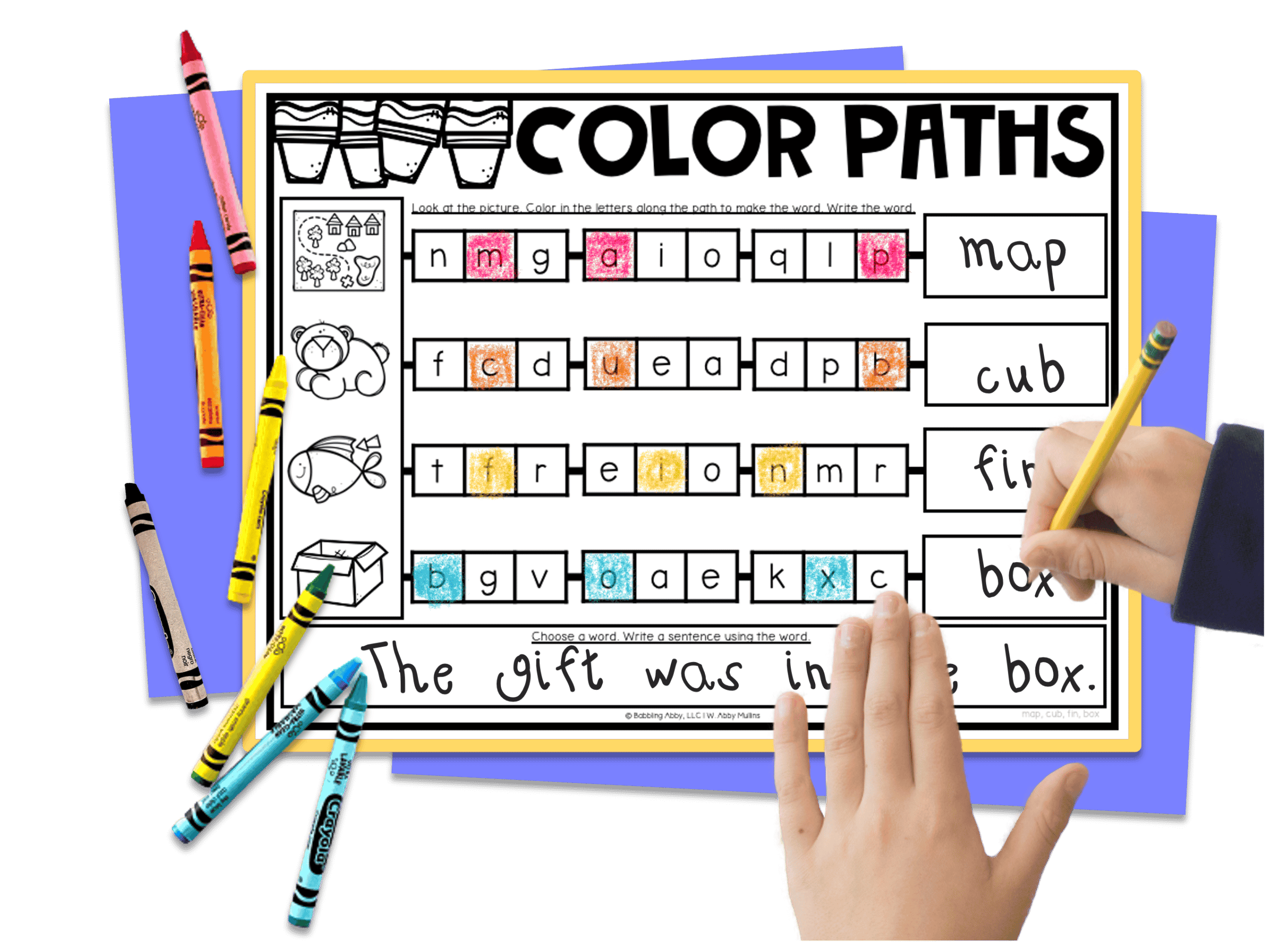
This activity works well for students who are proficient at segmenting and have strong letter-sound correspondence in kindergarten and first grade. It would also benefit students who are learning English as a second language or those students who need remediation in second grade.
Because it guides the student to choose from a set of letters along the path, which helps them put their segmenting to use. They can use these visual letter prompts to help them narrow down the sounds they hear. It also provides a visual for letter formation.
Dot a Word is a simple way to help students segment words using dot markers (affiliate link). However, you can also use this activity to map sounds to letters, too! Basically, there is a picture prompt followed by a series of three dots to represent the three sounds in a CVC word. As the child segments the word they dot a circle. Then, they can map the sounds to the letters by writing the letters in the circles. Super simple! [FREE DOWNLOAD FOUND HERE]
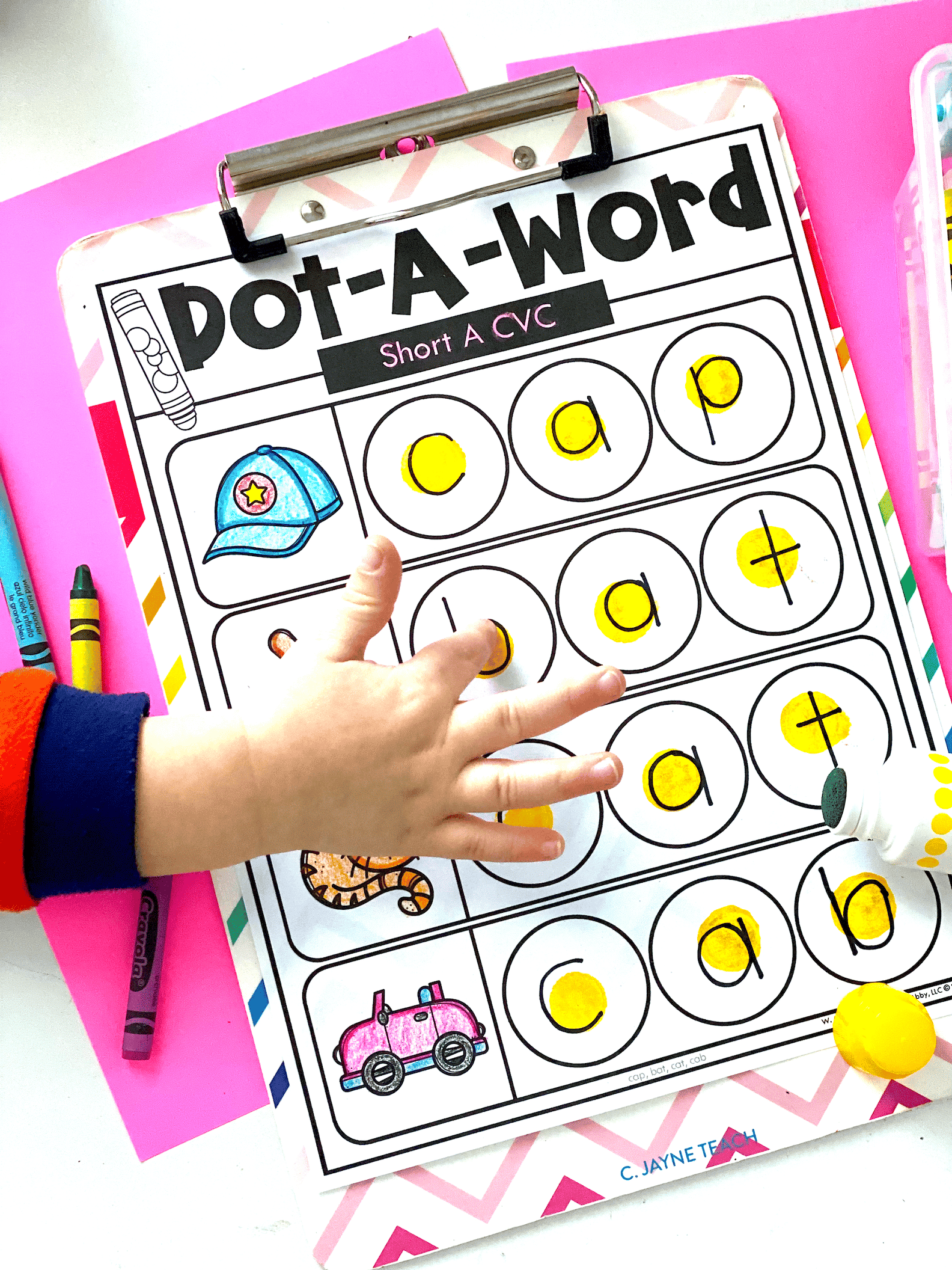

Abby is a former kindergarten and first grade teacher who channels her passion for education into creating engaging activities and resources for the kindergarten and first grade classroom. When not dreaming up or working on her next project, you’ll find her enjoying her family – most likely in her minivan on the way to a soccer field.

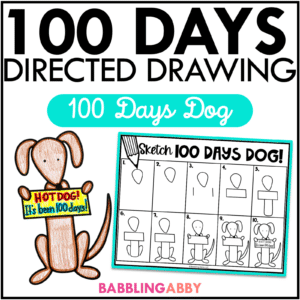
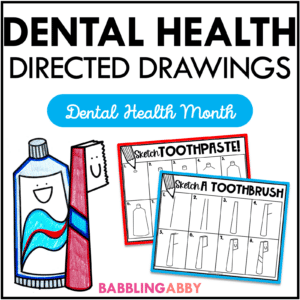
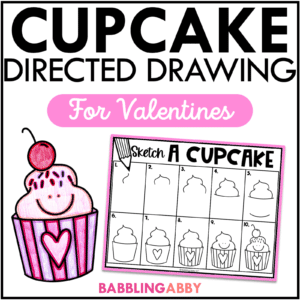

Help your students build their phonemic awareness with this simple segmenting activity. Get 25 FREE practice pages sent to your inbox today.
©2022 Babbling Abby. All Rights Reserved.